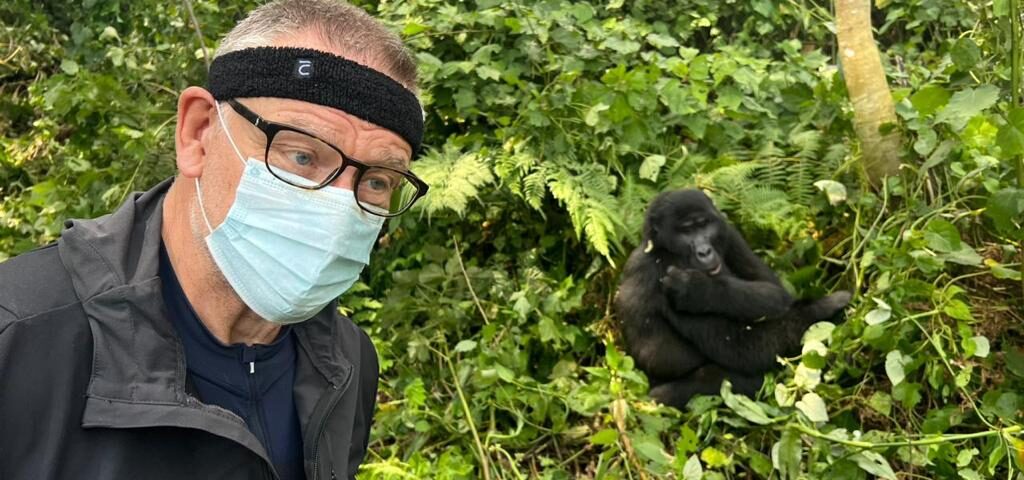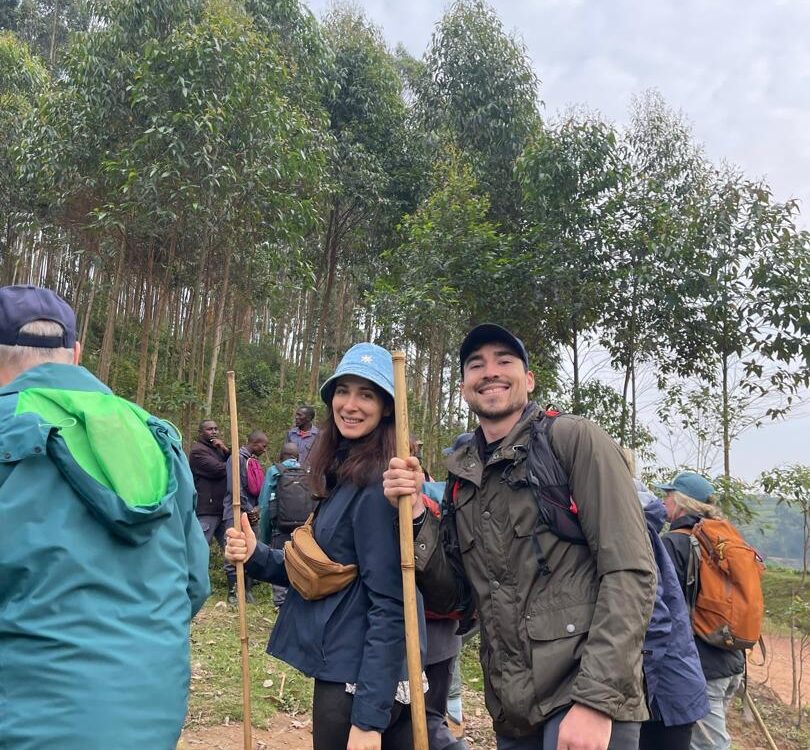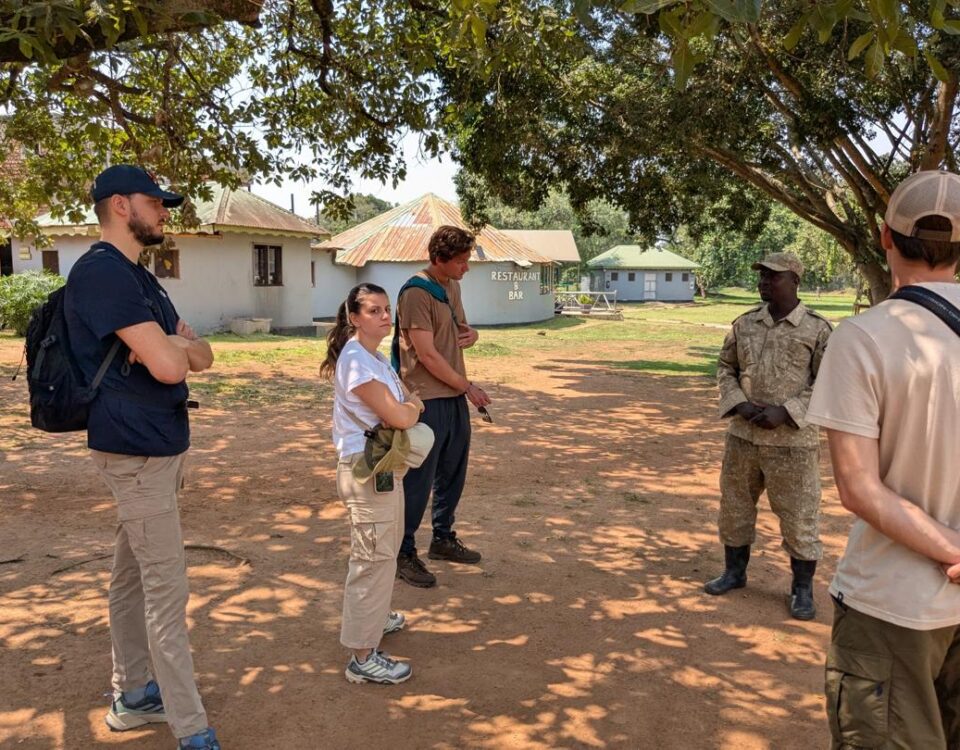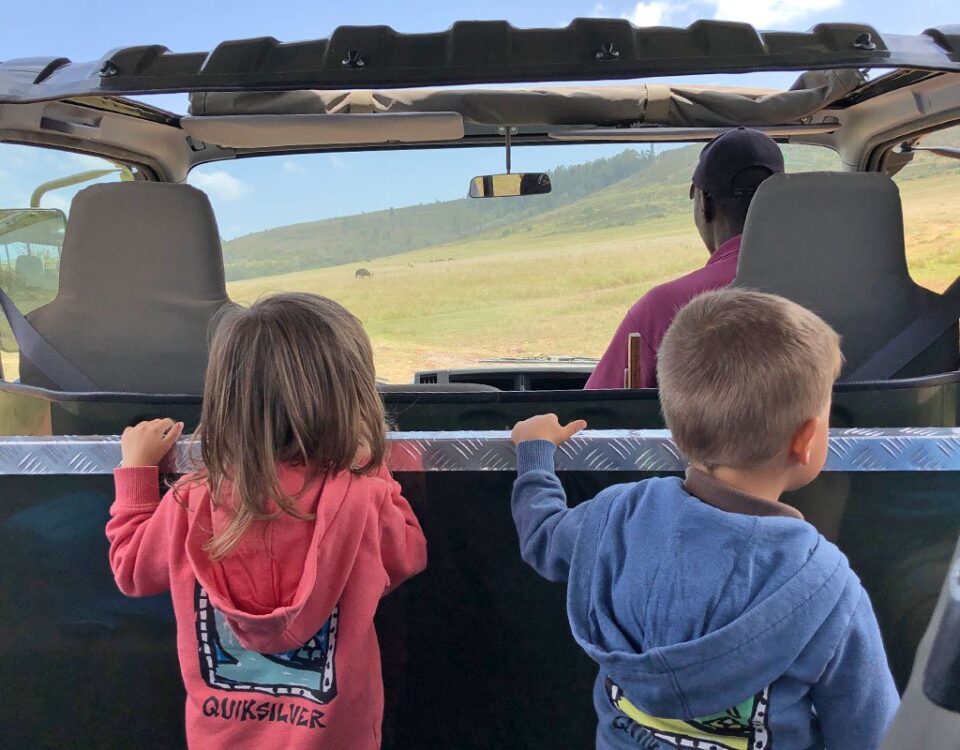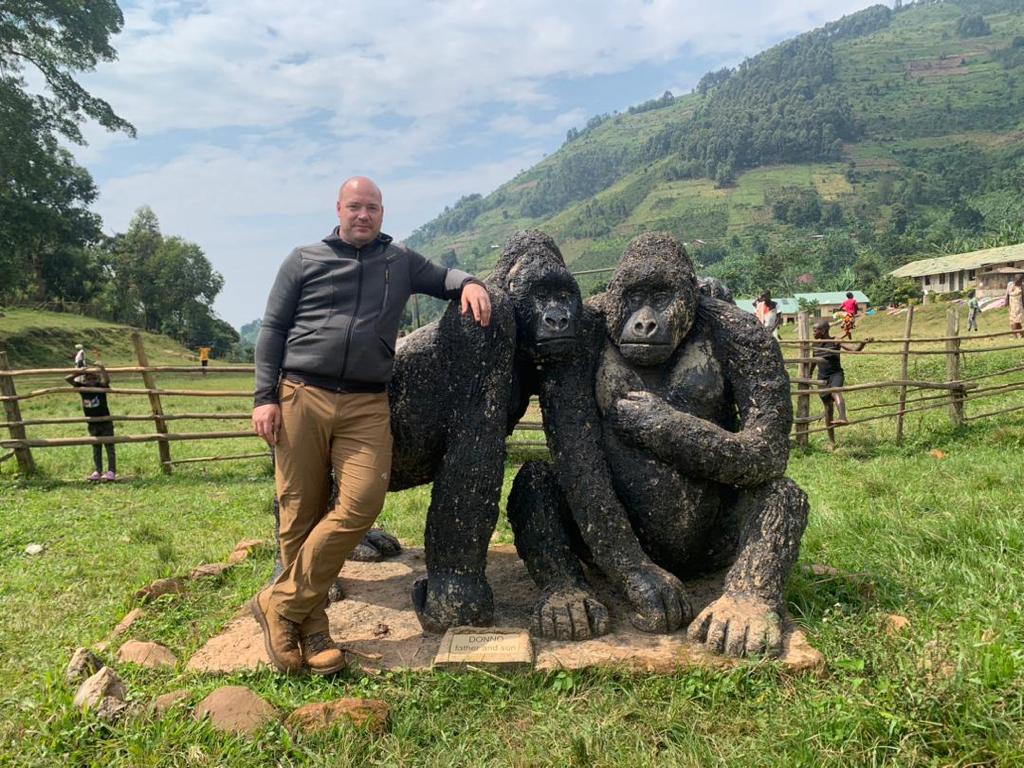
Is Uganda Gorilla Trekking Safe for Seniors?
April 23, 2025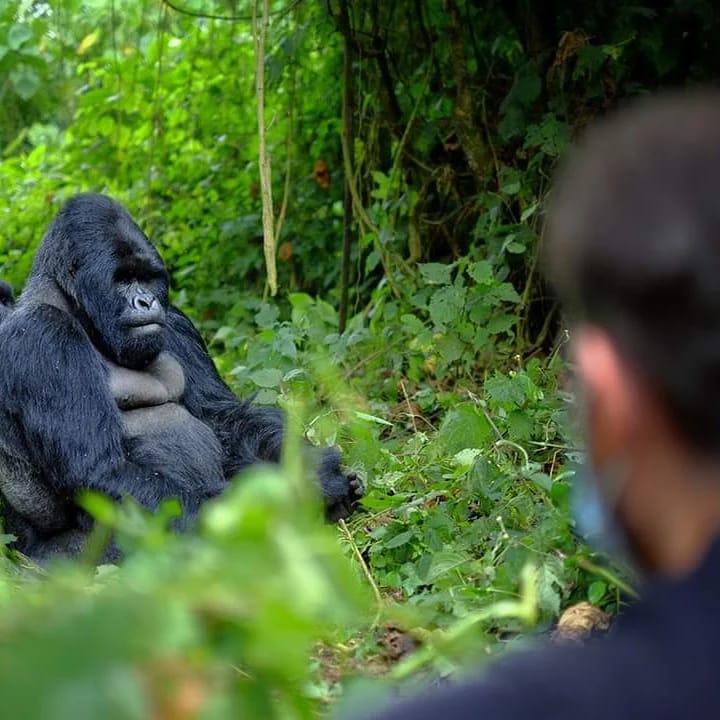
Do I Need Vaccinations for Uganda Gorilla Trekking?
April 24, 2025Is Altitude Sickness a Concern in Bwindi?
For travelers planning to experience the unforgettable adventure of gorilla trekking in Uganda, one important question that often arises is: Is altitude sickness a concern in Bwindi? This is a valid concern because Bwindi Impenetrable National Park is located in a mountainous region of southwestern Uganda, known for its rolling hills, mist-covered forests, and elevations that range from 1,160 to 2,607 meters (3,800 to 8,550 feet) above sea level. While this altitude is not extremely high by mountain trekking standards, it can still pose challenges to certain visitors, especially those who are not acclimated. At Tubale Safaris Ltd, we prioritize your comfort and safety by offering expert guidance on how to prepare for the trek, including information on altitude-related concerns.
Uganda Gorilla Trekking Safari Packages and Tours
- 3 Days Gorilla Habituation Safari
- 3 Days Gorilla Trekking Tour
- 3 Days Uganda Fly to Bwindi
- 5 Days Wildlife & Gorilla Safari
- 7 Days Uganda Gorilla Safari
- 8-Day Gorilla & Wildlife Tour
- 9 Days Best of Uganda Safari
- 5 Days Gorilla & Rafting Safari Uganda
- 6 Days Primates Safari Tour
- 10 Days Birding Tour Uganda
- 10 Days Uganda Wildlife Tour
- 12 Days Uganda Wildlife Tour
- 13 Days Pearl of Africa Tour
- 15 Days Uganda Safari
- 18 Days Uganda Safari
- 21 Days Birding Uganda Safari
- 24 Days Best of Uganda Tour
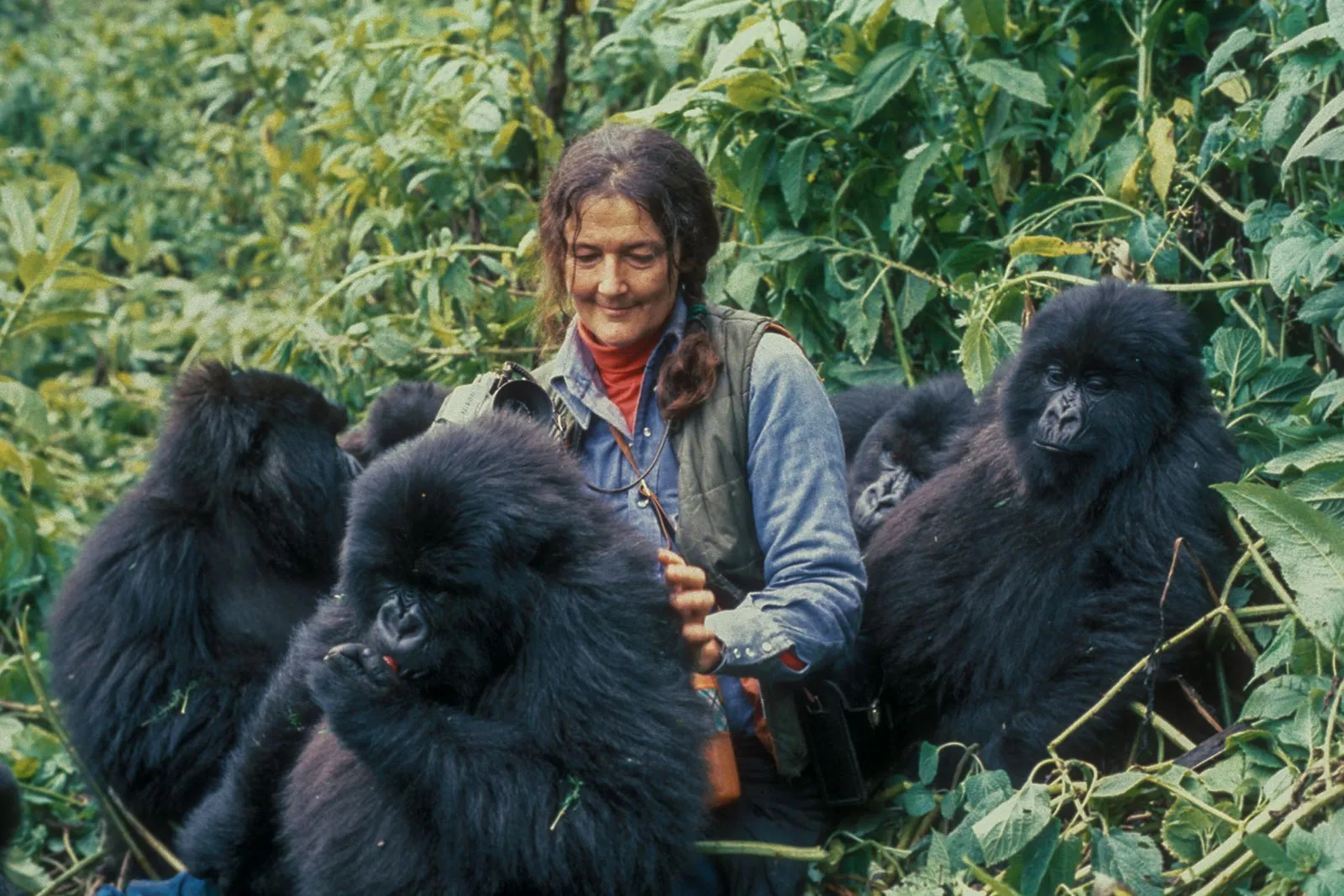
Gorilla Habituation Safari Bwindi
Understanding the Altitude in Bwindi
Elevation Levels and What They Mean
Bwindi Impenetrable Forest is not as high as Mount Kilimanjaro or the Rwenzori Mountains, but its elevation can still affect people differently. Most trekking in Bwindi occurs between 1,200 and 2,400 meters (around 4,000 to 8,000 feet). At this range, mild symptoms of altitude sickness such as shortness of breath, dizziness, or headaches can occasionally occur—particularly for travelers coming from sea-level regions. However, these symptoms are often manageable and fade as the body adjusts to the elevation.
Is Altitude Sickness a Serious Risk?
The good news is that serious altitude sickness is rare in Bwindi. Acute Mountain Sickness (AMS) typically becomes a concern at altitudes above 2,500 meters (8,200 feet), and only the highest ridges of Bwindi reach this elevation. Most of the trekking routes stay well below this threshold. Still, it’s essential to stay hydrated, take your time during the hike, and avoid overexertion. Our guides at Tubale Safaris Ltd are trained to monitor your well-being and adjust the pace accordingly.
How to Prepare for Altitude in Bwindi
Physical Preparation Matters
To reduce the risk of any discomfort due to altitude, we recommend getting physically fit before your trip. Regular walking, jogging, or hiking can help prepare your lungs and muscles for the experience. A slow and steady pace is crucial during the trek to allow your body to acclimate naturally to the forest’s elevation. It’s not a race—it’s an immersive, once-in-a-lifetime wildlife experience.
Arrive Early for Acclimatization
If you’re especially concerned about adjusting to the altitude, consider arriving in Uganda a few days early. Spending a day or two at mid-elevation locations such as Kisoro, Kabale, or Lake Bunyonyi before your trek gives your body time to adapt. These places are located at similar altitudes to Bwindi and make for wonderful pre-trek destinations.
Choose the Right Sector
Bwindi is divided into four sectors: Buhoma, Ruhija, Rushaga, and Nkuringo. Some, like Ruhija and Nkuringo, are located at higher altitudes compared to Buhoma. If you are sensitive to elevation, the Buhoma sector, which is lower and less steep, may be a more comfortable choice. Tubale Safaris Ltd can help you choose the ideal trekking location based on your health, fitness level, and preferences.
Gorilla Trekking, Permit Costs, and Health Safety
Permit Prices as of 2024
Whether you’re trekking in higher or lower altitudes, a valid gorilla permit is required. As of 2024, a gorilla trekking permit in Uganda costs US$800 per person, while the more extended and immersive gorilla habituation experience costs US$1,500 per person. Both options involve hiking in Bwindi’s beautiful terrain, and either one can be chosen based on your interests and fitness levels. Tubale Safaris Ltd helps travelers secure their permits and plan their trek accordingly.
Health and Emergency Support in Bwindi
In terms of health support, you’re in good hands. All gorilla trekking excursions are accompanied by professional Uganda Wildlife Authority (UWA) rangers and porters who are trained in basic first aid. If a trekker begins to feel unwell due to altitude or any other health condition, arrangements are made to either slow the pace or turn back safely. In more serious cases, evacuation procedures are in place, although such incidents are extremely rare. Your health and safety come first.
Final Thoughts: Is Altitude Sickness a Concern in Bwindi?
So, is altitude sickness a concern in Bwindi? The short answer is—it’s unlikely, but possible in mild forms. Bwindi’s elevation does reach up to 2,600 meters, but most treks occur at altitudes that are safe and manageable for the average traveler. Symptoms, if they occur, are generally mild and can be prevented with simple precautions like staying hydrated, walking slowly, and acclimatizing beforehand. If you have underlying health issues or previous experiences with altitude sickness, it’s best to consult your doctor before the trip.
At Tubale Safaris Ltd, a reputable and registered Uganda tour operator, we are here to help you prepare for every part of your gorilla trekking adventure. From securing your $800 permit to selecting the right trekking route and ensuring your health and safety, our team goes above and beyond. With the right planning and support, you’ll not only enjoy an unforgettable gorilla trek—but do it comfortably and safely.

